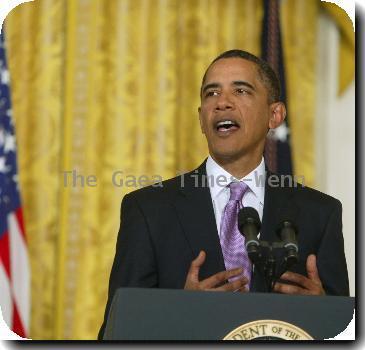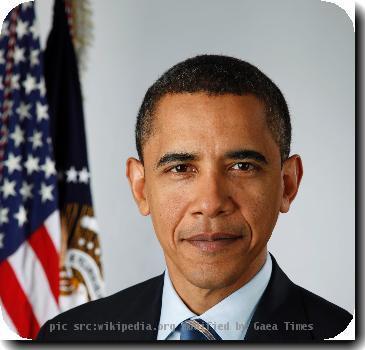Competition for college admission intensifies amid state budget cuts, surge in applications
By Terence Chea, APThursday, January 14, 2010
College applicants face intensifying competition
SAN FRANCISCO — College applicants are facing one of the toughest years ever to gain admission to the nation’s public colleges and universities as schools grapple with deep budget cuts and record numbers of applications.
As cash-poor state governments slash budgets, colleges are capping or cutting enrollment despite a surge in applications from high school seniors, community college students and unemployed workers returning to school.
The increased competition means more students will be turned away, forced to attend pricier private institutions or shut out of college altogether.
Wilson Liang, a senior at San Francisco’s Galileo Academy of Science and Technology, said he worries that enrollment cuts at the University of California will freeze him out of its flagship Berkeley campus.
“I know the competition is very high,” said the 17-year-old Liang, who would be the first person in his family to attend college. “There are a lot of smart people out there.”
Colleges that previously accepted all qualified students are becoming selective, while selective schools are becoming more so. Most community colleges have open-access policies, but demand for classes is so intense that many students can’t get the courses they need.
“We’re hearing a lot of panic,” said Gerna Benz, a partner at California San Francisco Bay Area College Planning Specialists. Benz said business at his Oakland-based college counseling firm has tripled over the past year.
Benz is encouraging more families to consider private colleges, which may be more expensive but offer less crowded classes and the chance to graduate in four years, which is becoming a rarity at many public colleges.
Applications to private colleges are holding steady, while public universities around the country are seeing record demand as cost-conscious families look for good value, said Barmak Nassirian, associate executive director of the American Association of Collegiate Registrars and Admissions Officers.
Low-income, minority students could face the roughest road to admission because they often can’t afford private colleges and don’t have the resources or academic credentials to compete with students from wealthier families and better high schools, he said.
The enrollment caps could also threaten President Barack Obama’s goal of making the U.S. the leader in college attainment by 2020 and undermine the nation’s economic competitiveness, college officials say.
“We’re reducing enrollment when we should be increasing it,” said Scott Lay, president of the Community College League of California. Experts say states should increase access to college during a recession so that unemployed workers can train for new jobs.
The University of Florida, which has about 35,000 undergraduates, is seeking to reduce enrollment by 4,000 students by 2012, said spokeswoman Janine Sikes.
The chancellor of the Nevada System of Higher Education, which has 114,000 students, recently told its Board of Trustees it must consider capping enrollment for the first time.
“If you enroll someone and don’t give that individual a reasonable path to a degree or certificate in a reasonable amount of time, what kind of access is that?” said Chancellor Dan Klaich.
Competition is particularly intense in California, where public universities are dealing with huge cuts in state support that have led to sharp tuition increases, faculty furloughs, course cutbacks and student protests. The state’s 110 community colleges are struggling to accommodate a record 2.9 million students.
The 10-campus University of California reduced enrollment of California-resident freshmen by 6 percent, or about 2,300 students, and is expected to shrink enrollment further this year even as a record number of applicants applied for admission for the fall of 2010, said Nina Robinson, UC director of student policy.
“If we continue to enroll the same number of students as we have in the past, we risk affecting the quality of education for our current students,” Robinson said.
Getting into the flagship Berkeley could be harder than ever for California residents because it plans to admit more nonresident undergraduates, who pay three times more in tuition.
California State University, the nation’s largest public university system with 23 campuses and 450,000 students, is seeking to reduce enrollment by an unprecedented 40,000 students over two years. Before the state budget crisis, most CSU campuses accepted nearly all students who met the minimal qualifications.
By Dec. 1, CSU had already received a record 610,000 applications, a 28 percent increase, for fall 2010, which means large numbers of qualified students will be turned away, said Jim Blackburn, CSU director of enrollment management systems.
San Jose State University, which had 33,000 students in fall 2008, reduced enrollment by 3,000 last year and expects to cut an additional 2,500 students this year. The campus had to turn away 8,700 qualified applicants last year and expects to reject even more this year, said spokeswoman Pat Lopes Harris.
After five semesters of community college, Formekia Chinn had planned to transfer from Mission College in Santa Clara to San Jose State this month, but the CSU campus closed spring admissions. Her financial aid has run out, so she must find a job until she can start classes this fall — if she’s accepted.
“It’s very discouraging,” said the 30-year-old single mom. “Who knows what’s going to come up? I’m worried something else is going to go wrong.”
Tags: Barack Obama, Berkeley, California, College Admissions, Higher Education, North America, Primary And Secondary Education, San Francisco, San Jose, United States




